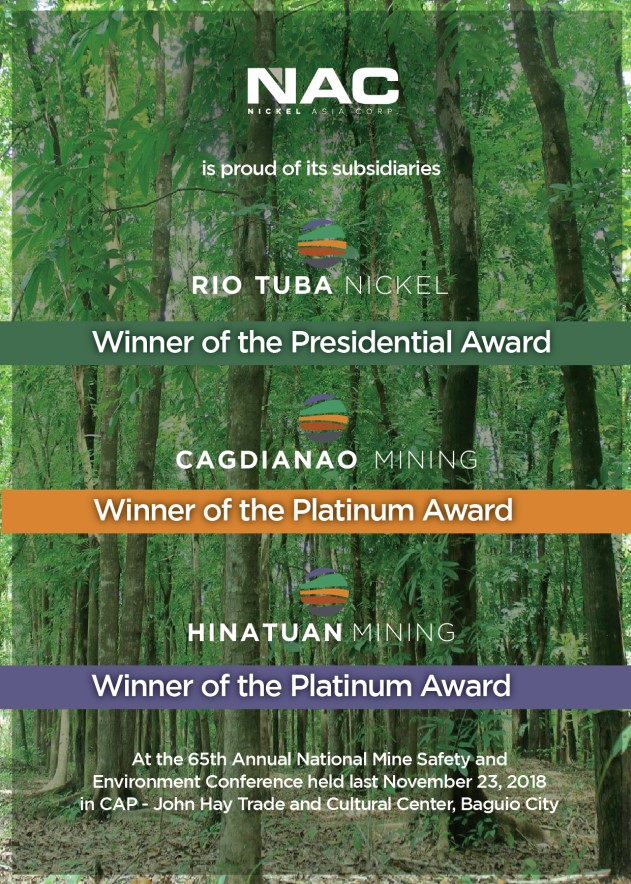Business Proposition
Pangasinan as a mariculture center

By Roberto Garcia
PANGASINAN is well-known for its tasty bangus and the province ranks as one of the biggest producers nationwide.
But is it capable of becoming a major mariculture center in the country?
The coastal towns of Pangasinan are blessed with rich marine resources. The vast coral reefs, seagrass beds, and mangrove areas can provide seeds for culture of various fish species, mollusks, crustaceans, and seaweeds. There are also many small islands, bays, and coves protected from destructive winds and waves and where the waters are relatively clean and rich with nutrients, all favorable conditions for mariculture.
Mariculture, the commercial culture of marine species, is one of the fastest growing industries in food production worldwide. With the success of the bangus culture industry, Pangasinan also has the capability to produce other traditional species commercially such as tiger prawn, mudcrab, rabbitfish and oysters. High value finfish such as grouper, snapper, seabass, and pompano, the highly-endorsed Penaeus vannamei, and the seaweed eucheuma and gracilaria. Non-traditional products such as lobsters, abalone, giant clam, sea urchin and sea cucumber are undergoing culture trials for possible commercialization. The list is endless. Further, the technology for different culture systems such as pond, pen and /or cages is highly developed.
Another contributing factor towards possibly becoming a successful major mariculture center is that Pangasinan is also home to technical facilities for marine research such as the UP Marine Science Institute; the National Integrated Fisheries Technology Development Center, which is under the Bureau of Fisheries and Aquatic Resources; private and government milkfish, prawn and abalone hatcheries; and a state-of-the art fish processing center. All of these can provide the critical technical support needed to raise the mariculture industry to a higher level in the province. Moreover, the excellent marketing, transportation (land, sea, and air), and communication facilities can greatly benefit the industry.
A word of caution though. The development of mariculture must follow the principle of sustainable development which I discussed in my previous column wherein fish production should not destroy the natural environment on which it depends. A good example (and lesson) is the unfortunate fish kills in Bolinao and Anda earlier this year, caused by the uncontrolled proliferation of bangus pens and cages resulting in hug losses. Another very critical regulation is the zoning of culture areas to make sure they do not encroach critical marine habitats and traditional fishing areas, and hamper the flow of water current among other things.






